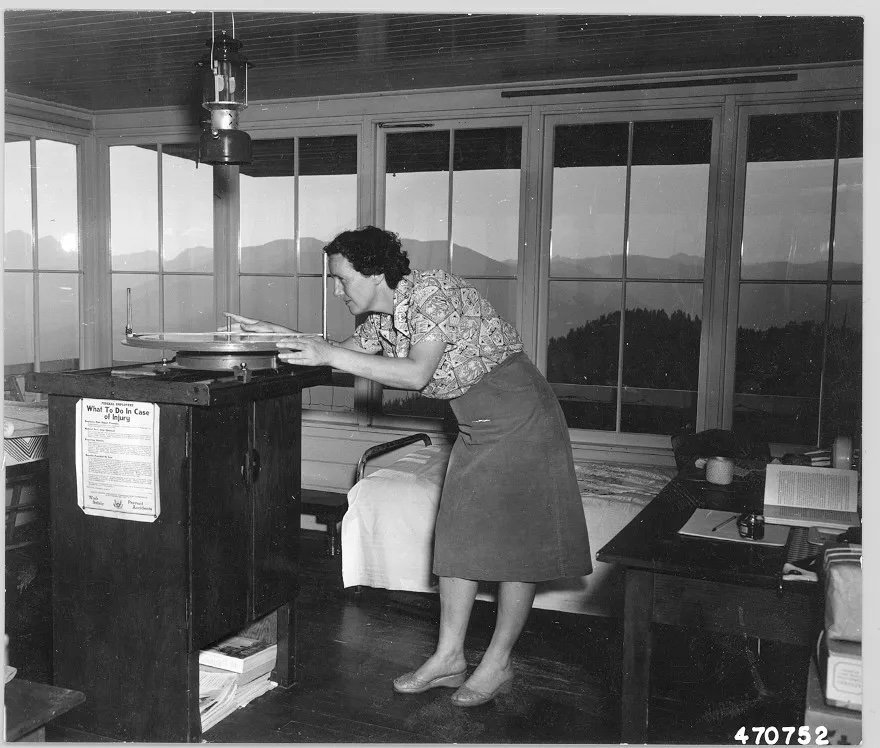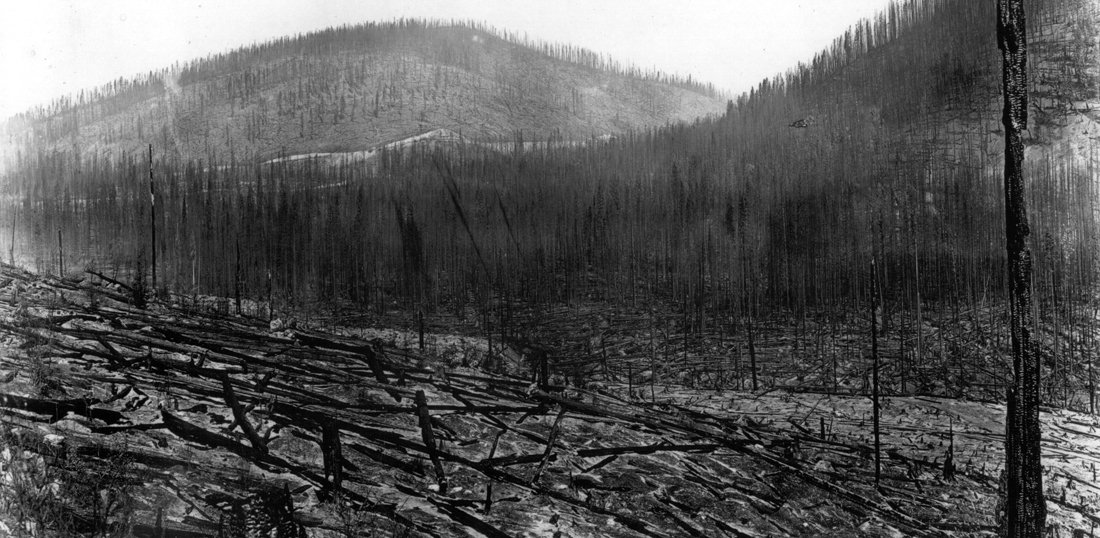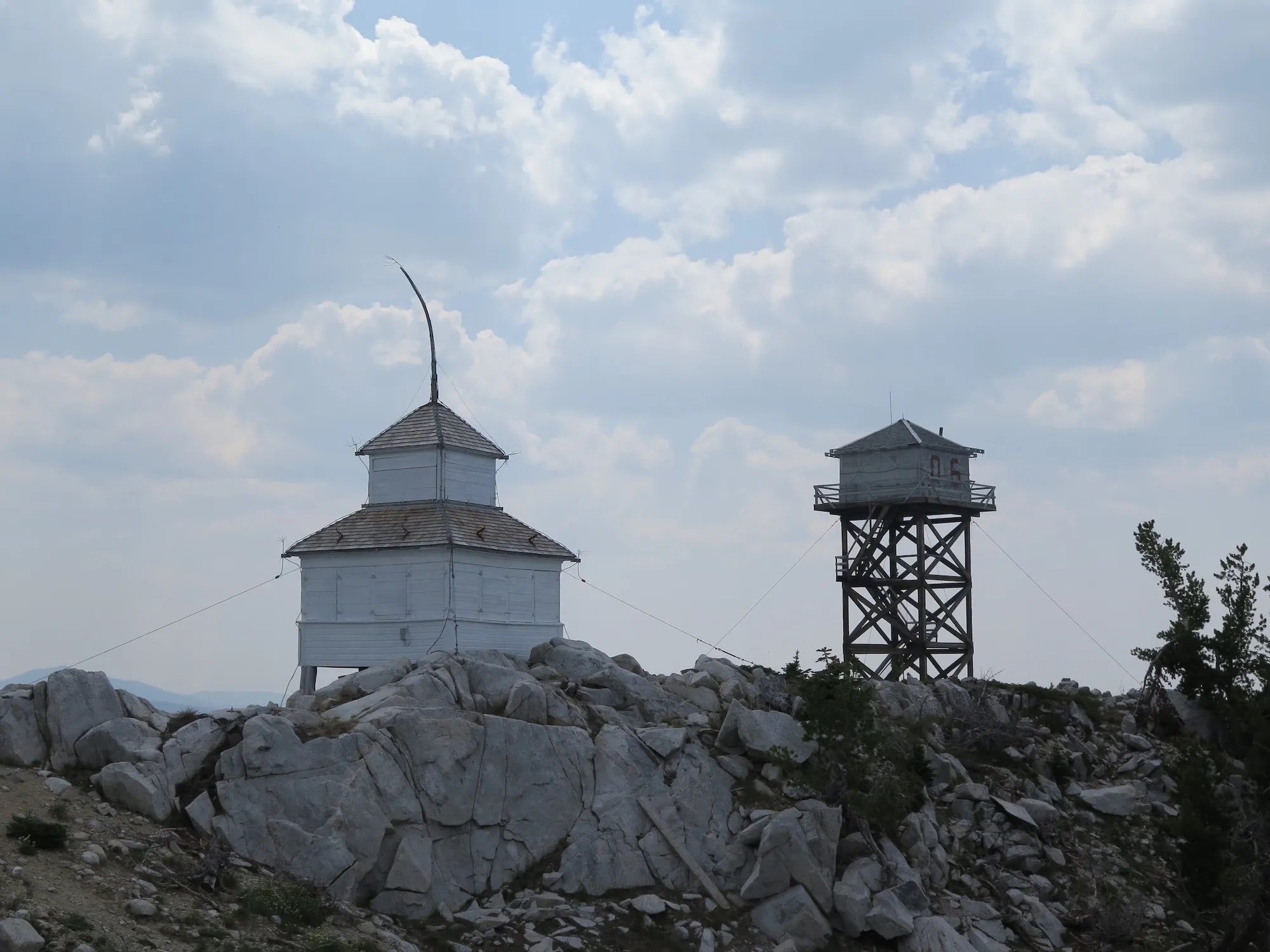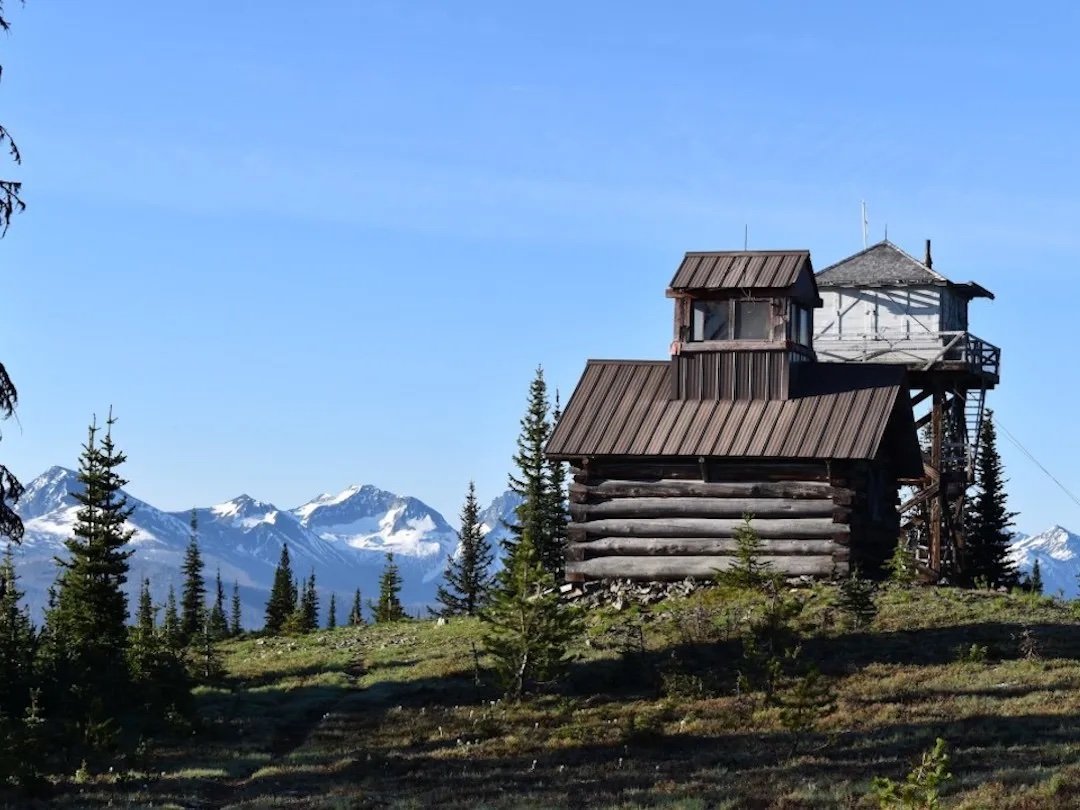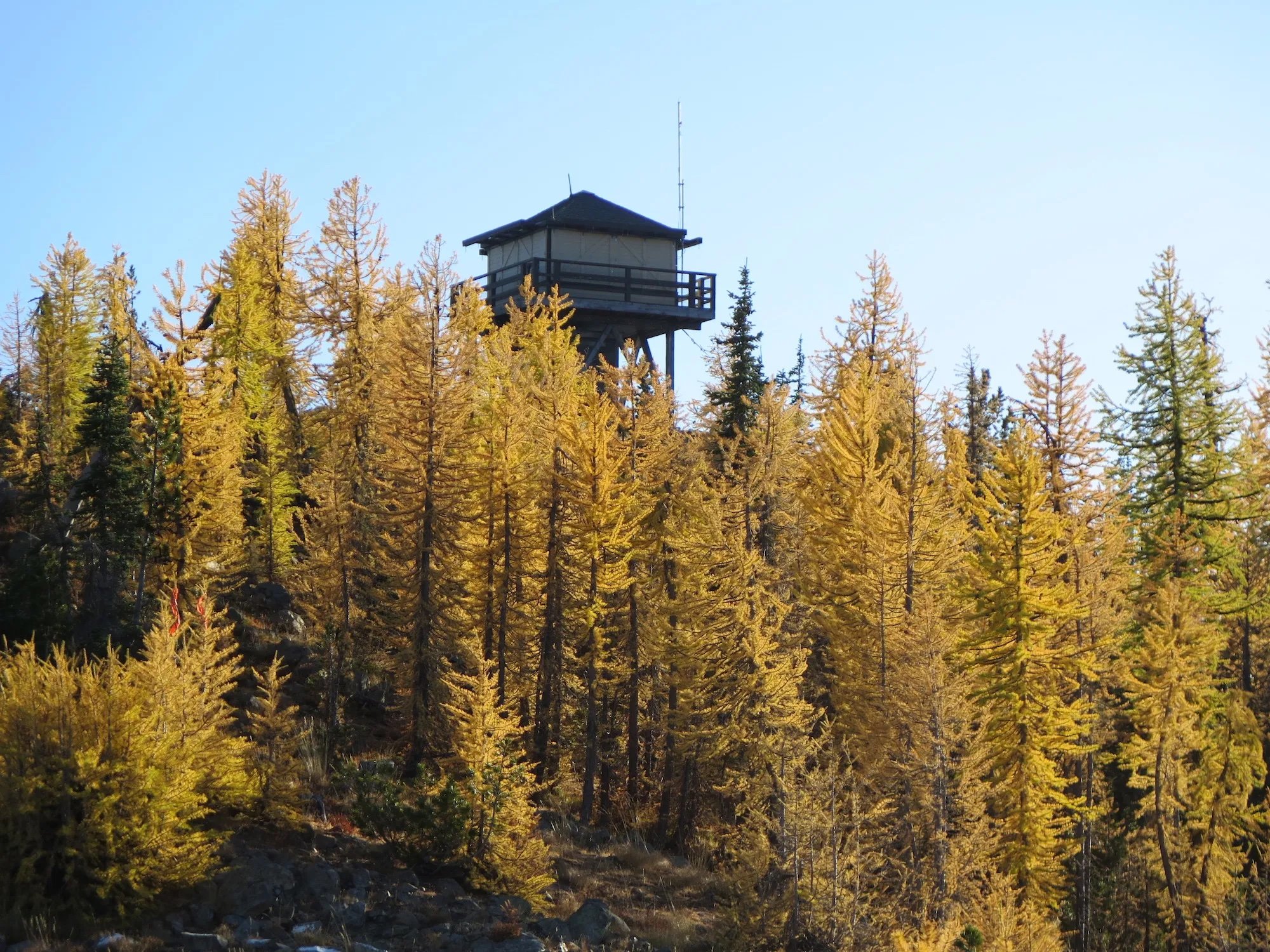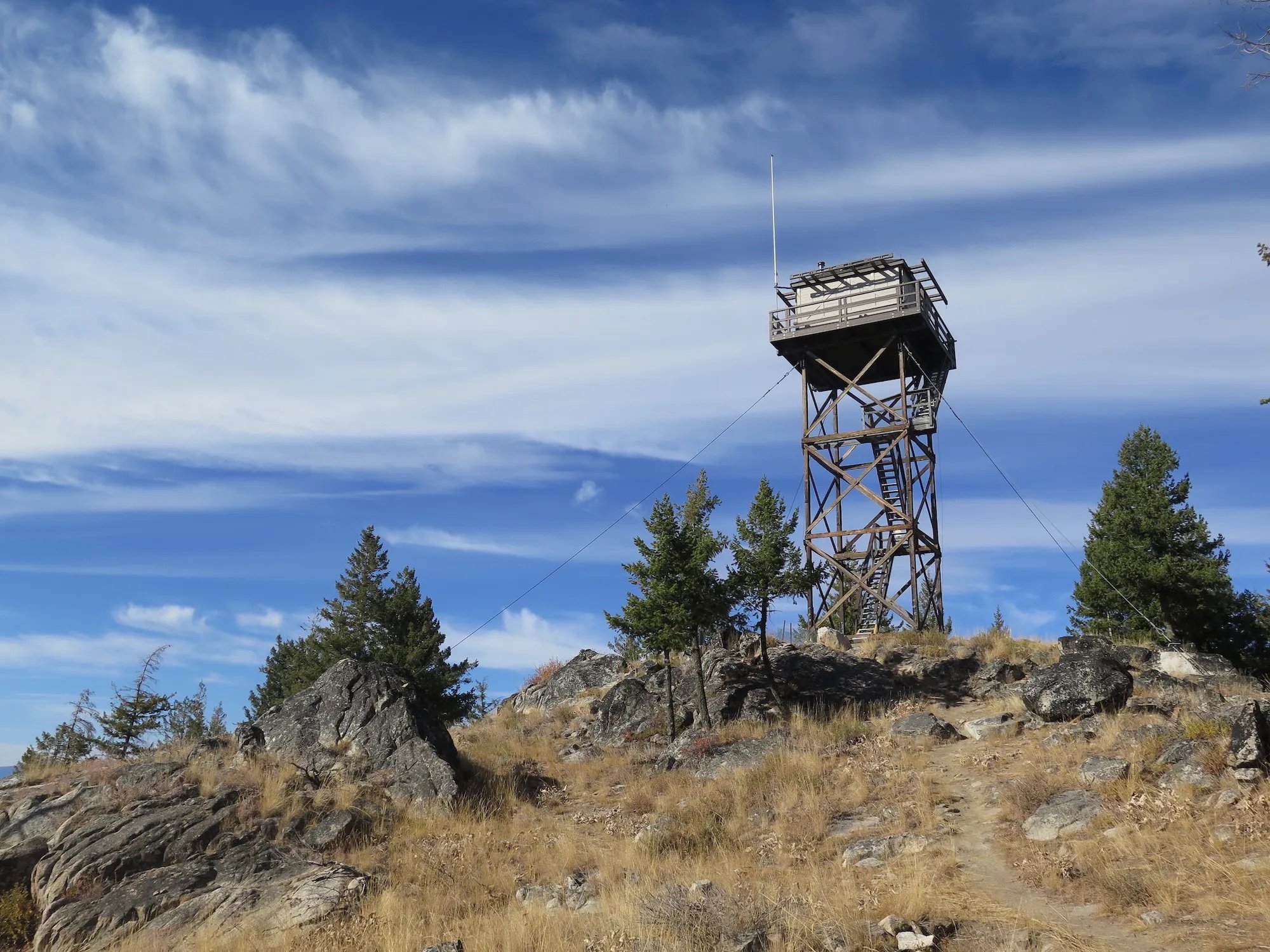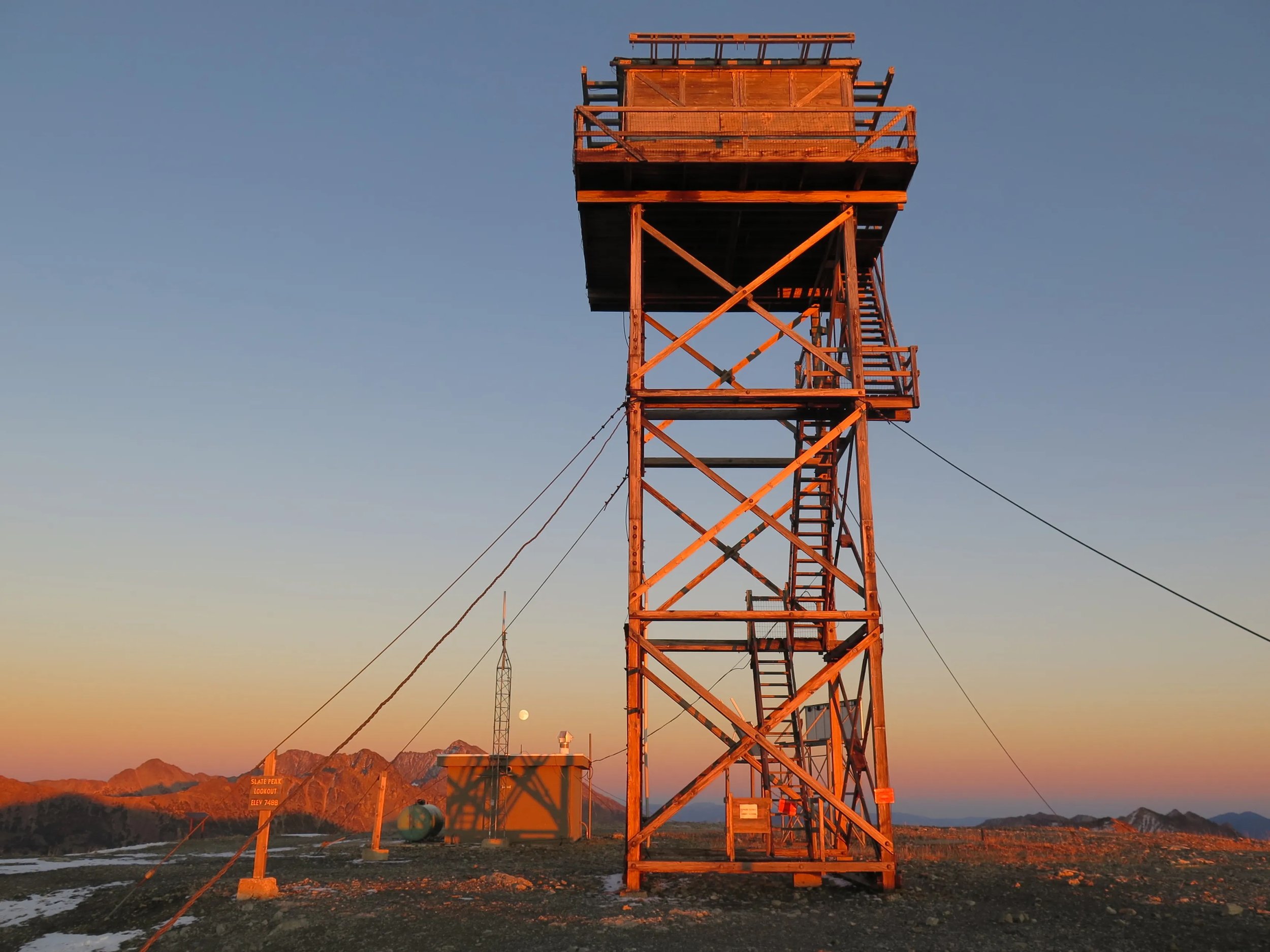History
The Great Fire of 1910 was a devastating series of forest fires that swept over Idaho, Montana, and Washington during the summer of 1910, culminating on August 20–21 and also known as the Big Burn or the Big Blowup. Official reports after the Big Blowup estimated that 1,736 total fires burned more than 3 million acres of private and federal land and consumed an estimated 7.5 billion board feet of timber. At least 85 people were killed. Several small towns were completely destroyed, and one-third of Wallace, Idaho was burned. Smoke from the fires reached New England and soot travelled all the way to Greenland. Nationally, wildfires in 1910 consumed more than 5 million acres. The Lake States region saw its worst fire season to date, with more than a million acres lost.
Coming only five years after the U.S. Forest Service’s establishment, the fire made a deep and lasting impact on the agency. Three future Forest Service chiefs were directly involved in the Big Burn, as were several other men who would exert influence over the agency’s fire protection policy after the fire. Fire detection and suppression became key missions. One element of this new strategy was the establishment of manned “fire lookouts” on high peaks across forested areas.
Lookouts were placed approximately every 15-20 miles apart, mostly on high points or peaks. Many of the early lookouts were simple camps with tents or cabins. Later, the Forest Service built towers to raise the lookouts above the trees surrounding them. Many lookouts were built by the Civilian Conservation Corps (CCC) formed by President Franklin D. Roosevelt amidst the Great Depression. In World War II, lookouts were often used to spot enemy aircraft. 10 years later Beatnik poets Jack Kerouac and Gary Snyder famously wrote novels while spending summers at Desolation Peak and Sourdough Mountain here in Washington State.
After the 1950s, the use of lookouts declined as fire technology improved. Many were abandoned or destroyed by vandalism, neglect, weather, and fire. Of the roughly 750 that were built here in Washington, less than 100 remain standing in their original locations as of 2023.
Okanogan County is home to the largest number of still standing fire lookouts: 23. Eight of those lookouts are in the Methow Valley Ranger District: North Twentymile, Monument 83, Mebee Pass, Lookout Mountain, First Butte, Goat Peak, Mount Leecher, and Slate Peak. Their histories and stories are fascinating and the MVFFLA is dedicated to maintaining their legacy.
Staffing First Butte in 1952. Photo credit: USFS.
Burned timber on Rainey Creek in Lolo National Forest, Montana following 1910 fires.

